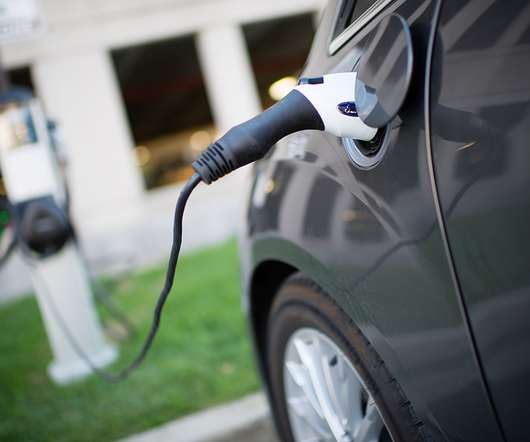New aqueous rechargeable lithium battery shows good safety, high reliability, high energy density and low cost; another post Li-ion alternative
Green Car Congress
MARCH 8, 2013
Schematic illustration of the aqueous rechargeable lithium battery (ARLB) using the coated lithium metal as anode, LiMn 2 O 4 as cathode and 0.5 mol l -1 Li 2 SO 4 aqueous solution as electrolyte. If anode materials of lower redox potentials can be stable in aqueous electrolytes, high energy density systems will be feasible.


























Let's personalize your content